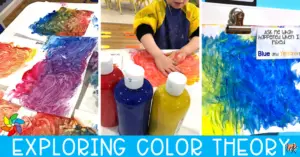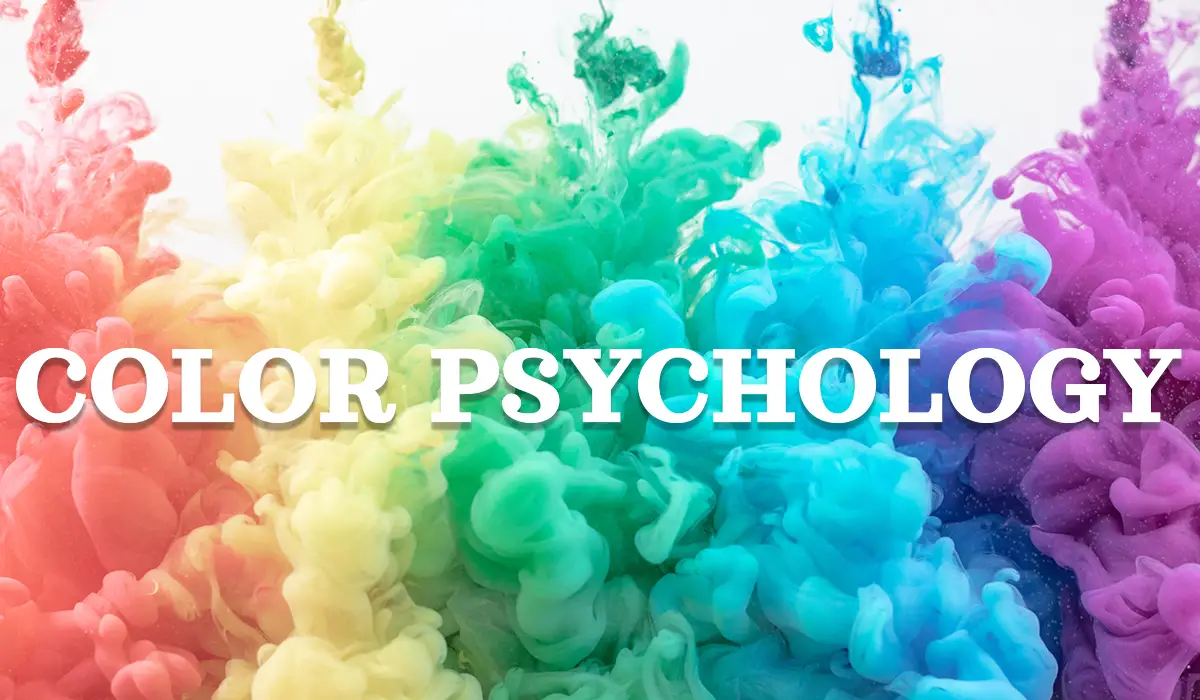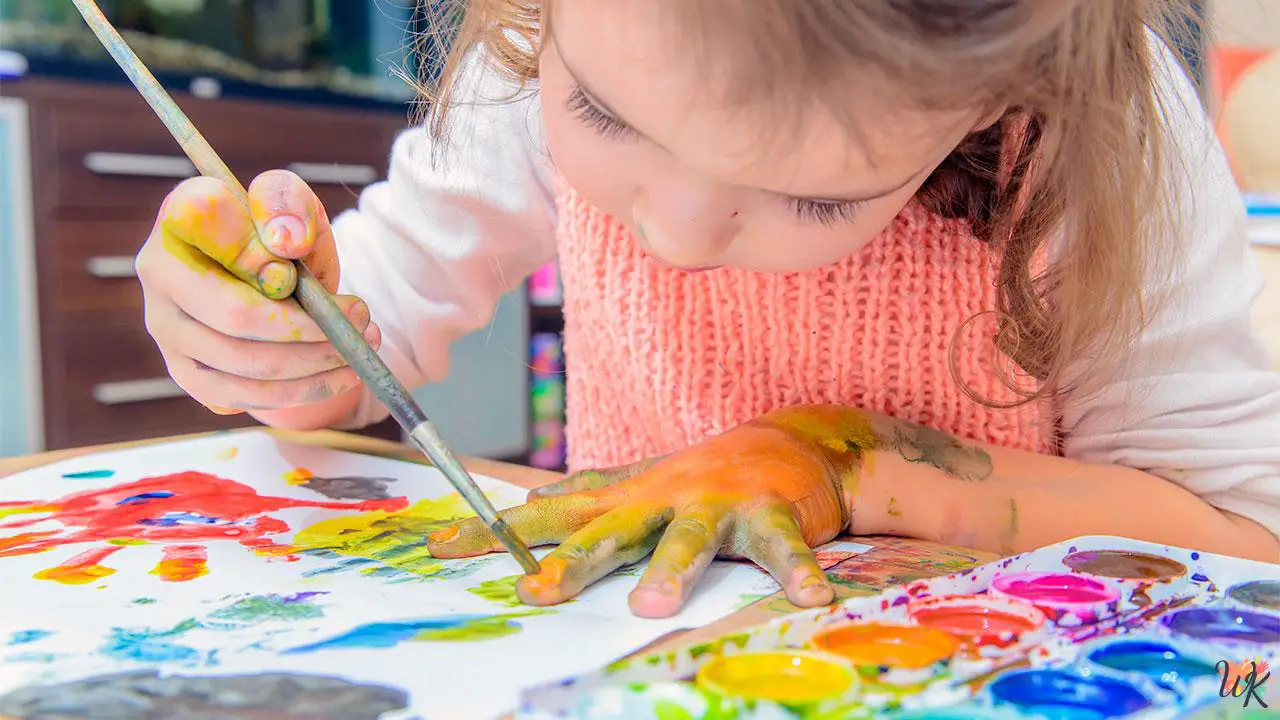Colors are a fascinating part of our world that helps us make sense of it. Being able to recognize and name colors is one of the most fundamental skills a child can learn. But, have you ever stopped to think about the science behind teaching colors? Is learning colors a science skill? This blog post will explore the various aspects of color learning and how it contributes to the development of science skills in children.

The Physiology of Color Perception
Before exploring the science behind learning colors, it’s essential to understand how we perceive and recognize colors. Color perception is a physiological process that involves the interactions between light, the eyes, and the brain. Children develop the ability to differentiate between colors gradually. Initially, they can differentiate between high-contrast colors, such as black and white, and later they learn to differentiate between less-contrasted colors. Educators can use this knowledge to teach colors progressively, starting with high-contrast colors and gradually introducing other colors as the child develops.
Color Psychology
Colors play a significant role in shaping human emotions and mood. The psychological effects of colors are well documented in various fields, such as marketing, interior design, and advertising. Learning colors also involves understanding the psychology behind each color. For example, red is linked to passion and energy, while blue is associated with calmness and serenity. By teaching children color psychology, they can learn more about the world around them and better interpret the emotions and feelings of others.

Color Mixing and Chromatics
Learning colors not only involves identifying the primary and secondary colors but also understanding color mixing and chromatics. Children learn about the color wheel, the additive and subtractive color model, and color contrasts, which are essential concepts in color mixing. These concepts allow them to experiment with colors and create a variety of hues and shades, which is a fundamental skill in science.
Color as a Teaching Tool
Colors can also be used as a teaching tool in various subjects, including science. By using color-coding, educators can help children understand complex concepts and information. For example, in biology, color-coding can be used to help children recognize different parts of the body or identify the various stages of a growth cycle. In chemistry, color-coding can be used to identify different chemical compounds and their properties. By incorporating colors into the learning process, children can develop a better understanding of the subject and retain the information better.
Color and Creativity
Finally, learning colors helps develop the creativity of children. By exploring colors and creating art, children can express their personalities and emotions. Creativity is a crucial skill in science, as it allows children to think outside the box and come up with innovative solutions to problems. Moreover, by encouraging children to experiment with colors and art, they develop confidence in their abilities, which is essential for success in any field.

Conclusion
In conclusion, learning colors is a science skill that contributes to the overall development of children. By understanding the physiology of color perception, color psychology, color mixing and chromatics, and the use of color as a teaching tool, children can develop their scientific abilities. Moreover, color learning promotes creativity, confidence, and emotional intelligence, which are all essential skills for success in any field. Therefore, it’s crucial to include color learning in the early education curriculum to support the holistic development of children. Let’s explore the science of colors and help our children thrive!

